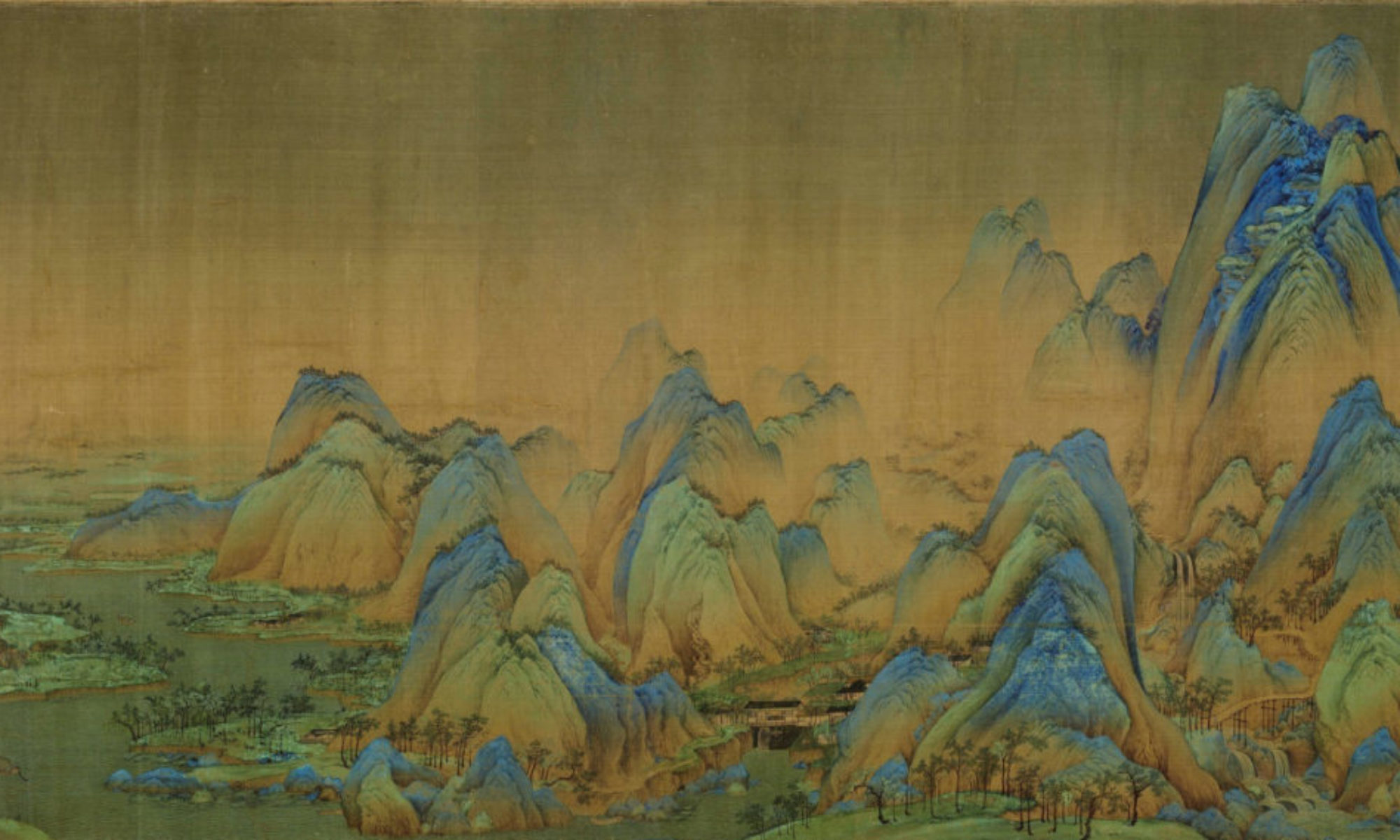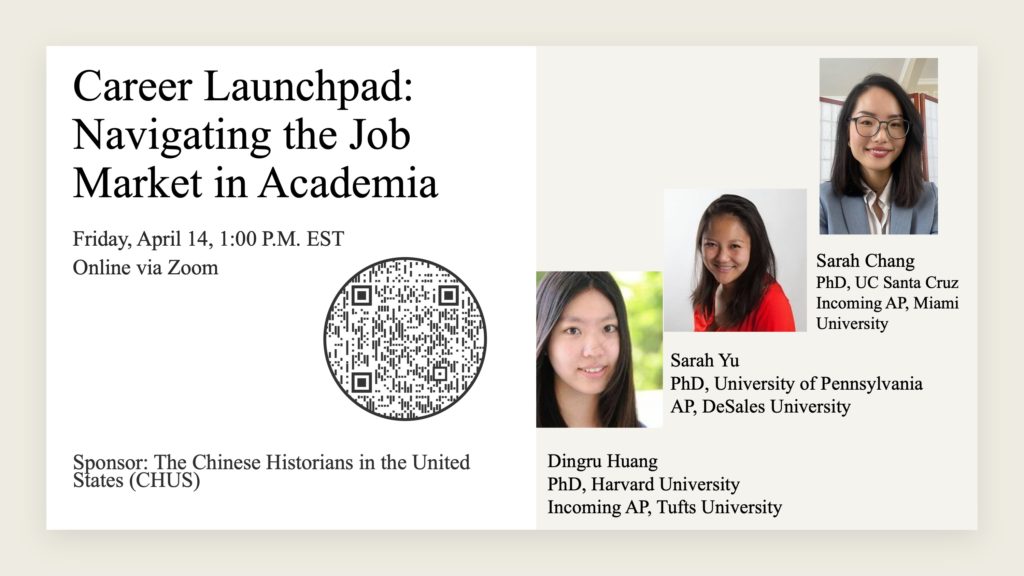Roundtable Session: Debating “Globalization” and “Deglobalization”
Hilton Union Square, Golden Gate 6
Chair:
Jingyi Song, State University of New York, College at Old Westbury
Speakers:
Qiang Fang, University of Minnesota Duluth
Patrick Fuliang Shan, Grand Valley State University
Jingyi Song, State University of New York, College at Old Westbury
Yi Ren, Harvard University Fairbank Center
Roundtable Description
International trade across the continents started before the common era when silk and spices became early commodities. Human migration across national borders sped up cultural exchanges. The interdependency of the world has grown with increasing technological advancements, economic integration, and cultural interactions, signifying several waves of globalization. Meanwhile, particularly in recent years, forces of nationalism and security concerns have led to disengagement and conflicts in some parts of the world. “Globalization,” a trendy word with a great deal of economic potency and cross-cultural currency, has been challenged amidst rising nationalisms, a worldwide pandemic and a reconfiguration of the geopolitical landscape. Indeed, “de-globalization” has recently entered the popular lexicon. Now, more than ever, seems to a time that begs the answer to an urgent question as to what defines and constitutes globalization. “Brexit” and the looming unravelling of “Chimerica” notwithstanding, the process of integration seems to be accelerating in other parts of the world. Does the new phenomenon validate the old Chinese saying that “those long divided shall be united and those long united will be divided – such is the way of the universe,” and does it challenge a Western-centered view of globalization in the first place? Or does it symptomize a new round of ideological confrontations and economic conflicts in a troubled world? Scholars at this roundtable make concerted efforts at dissecting the meaning and significance of globalization/deglobalization by examining historical patterns and parallels in the hope of making sense of the global transformations.
Roundtable Participants’ Points of Intervention
Patrick Fuliang Shan, “Globalization and the Dissemination of ‘Democracy” in Modern China”
Democracy was not Chinese but imported to China around 1900. Nevertheless, “democracy” has been attractive to the Chinese who interpreted, practiced, and adapted it in their landscape. Sun Yat-sen fought for the American style democracy. After the 1911 Revolution, a nation-wide election resulted in the organization of an American style Congress (though shortly). After that, the Chinese seldom stop pursuing “democracy.” Political figures, including Chiang Kai-shek, Mao Zedong, and others, all claimed that their government was a “democracy.” This paper explores the impact of globalization upon China by a particular focus on the Chinese absorption of “democracy” and their political maneuvers for “democracy.”
Qiang Fang, “The Paradox of Globalization”
In the past several years, the often acclaimed and expected “globalization” has suffered major setbacks as the United States and its European and Asian allies have tried to decouple their trade and technology from China. One notable example is the US block of selling cutting-age chips to China to delay for the least and to stop for the best China’s swift development of its advanced weaponry and navy that have already outstripped the speed of the West. The Western move has triggered fear of a deglobalization. In hindsight, however, from Britain’s ban on exporting its steam engine technology in the early 19th century to Western states’ elevation of their tariff in the wake of the Great Depression and the mostly separated trade and technological exchange between the two blocs in the Cold War, we can clearly find that the so-called “globalization” has never fully existed. My preliminary argument is that the current “deglobalization” could best be understood as an “exclusive or selective globalization” that may plunge the world into two or more regional or small-sized “globalized” camps with similar social and political systems.
Jingyi Song, “Regional instability and the perpetuity of the Military-Industrial Complex”
In the midst of an ongoing debate about globalization vs. deglobalization, regional conflicts and wars have thrown the world into a state of disarray with intensifying military buildup and a looming arms race. While the Russo-Ukraine crisis is raging on and the Taiwan Strait is becoming a renewed hot spot of geopolitical and potentially military conflicts between the U.S. and China, the American Military-Industrial Complex has profited handsomely from the demands for a variety of war-related products. Warned of the dangers of its “unwarranted influence” by President Eisenhower in the early 1960s, such an infrastructure, intangible as it may be, has morphed into a colossal enterprise six decades later. Defense contractors such as Lockheed Martin and Northrop Grumman have, historically and contemporarily, made hefty profits during times of heightened demands for weapons and military technologies. This discussion focuses on the role of the American Military-Industrial Complex in wielding powerful influences in the political sphere, which have in turn helped to shape the making of American foreign policy and led to massive increases of military spending and, consequently, extensive US involvement in military conflicts overseas. According to a Forbes article, one third of the world’s military sales in 2022 came from the top five American manufactures, amounting to $192 billion. Arguably, this enormous Complex has contributed to the erosion of globalization with its role in intensifying regional conflicts.
Yi Ren: “Chinese Propaganda Amid Globalization and Deglobalization”
In today’s era of intertwined globalization and deglobalization, understanding the complexities of information dissemination is crucial. Propaganda, a potent instrument for shaping public opinion, provides a unique lens to examine these global dynamics. While modern propaganda is rooted in Western wartime experiences, its manifestations in other settings, such as China, merit investigation. I will first investigate the historical trajectories of propaganda in both Western and Chinese contexts, demonstrating that Chinese propaganda was neither iconoclastic nor xenophobic. Instead, its conception and implementation in China were shaped by continuous and intricate intercultural exchanges and adaptations. This research further highlights that globalization and deglobalization are interconnected, synchronous processes affecting communication tools and public opinion, which deepens our comprehension of the multifaceted nature of global dynamics.

